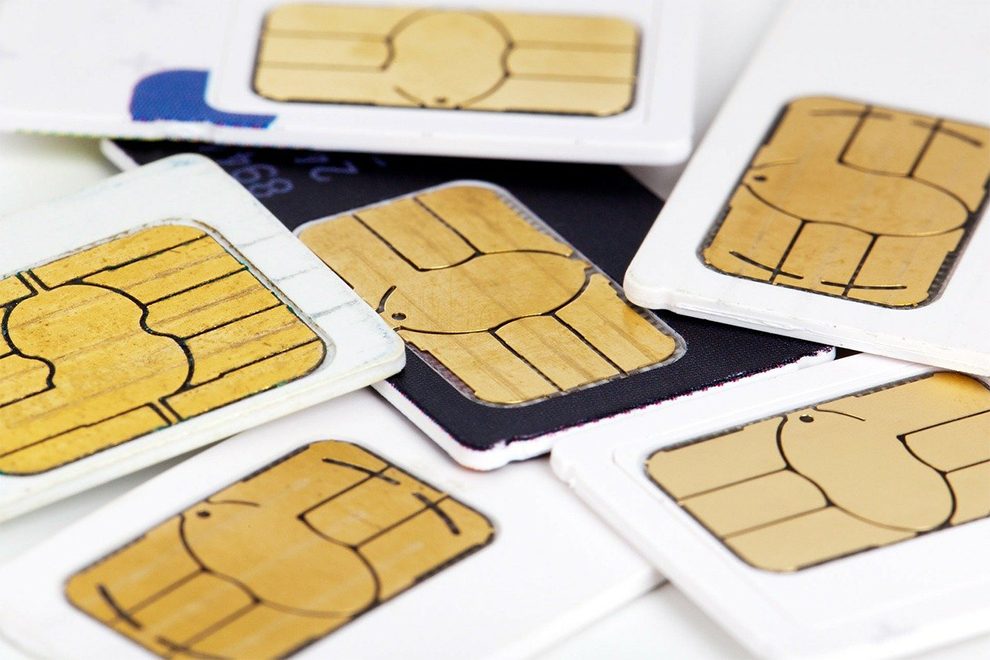In October 2021, telecom giant and leading global mobile network operator (MNO) Vodafone announced its new Eco-SIM — made from recycled plastic. Any sustainability feat is positive for the telecommunications industry, which contributes two per cent of the global emissions total. But why stop at recycled plastic SIM cards, when there is an entirely digital solution available? In this article, Hamish White, CEO of eSIM as a Service provider Mobilise, explains why it isn’t too early to adopt an eSIM strategy.
Vodafone claims that by adopting Eco-SIMs across Europe, Egypt, Turkey and South Africa, it can save 1,280 tonnes of carbon dioxide (CO2) each year. That’s the equivalent CO2 emissions of flying from London, United Kingdom, to Sydney, Australia — 427 times.
Striving for sustainability
Sustainability’s importance continues to grow across all countries and industries. At the landmark climate event COP26 in November 2021, over 140 countries pledged to reach net zero carbon emissions. Telecoms will help other industries reach net zero targets by facilitating the avoidance of carbon emissions and enabling the use of SMART technology. That is, devices connected to the internet that use sensors and software to improve performance and efficiency.
But telcos are also part of the problem. When it comes to sustainability, their own operations are not carbon-free, and a key emission contribution is SIM cards. Despite their small size, SIM cards’ impact on the environment is huge. Manufacturing SIM cards requires large amounts of virgin plastic, and distributing the cards to customers globally creates even more emissions.
In 2020, 4.5 billion plastic SIM cards were produced. If they were to be placed in a line, they’d measure 11,250 kilometres — the distance between Delhi, India and Montreal, Canada. So, even though recycled plastic Eco-SIMs eliminate the need for virgin raw materials, the emissions related to the delivery of such a large quantity of components means that telcos using Eco-SIMs cannot call themselves green just yet.
eSIMs enter the chat
Eco-SIMs are a step in the right direction, but why stop with a temporary fix when there is already a permanent, digital solution? Embedded SIMs, or eSIMs, remove the need for a physical SIM card by downloading network authentication credentials that are usually stored on the plastic SIM digitally.
A McKinsey survey revealed that across the United Kingdom, 25 per cent of people tried a new brand for purpose-driven reasons, like being more sustainable than their competitors. So, for telcos looking to offer eSIMs now, they present not only an opportunity to keep ahead of the innovation curve but also drive their own economic growth.
For small and medium-sized telcos, making the eSIM shift could be challenging, since a lack of expertise, technological inaccessibility and bulky processes continually act as roadblocks. However, Mobilise’s eSIM as a Service solution simplifies the process and empowers telcos of all sizes to overcome these barriers and launch their eSIM capabilities quickly and easily.
Staying ahead of the curve
Widespread adoption of eSIMs is inevitable and at some point — all telcos will need to adopt the technology to remain relevant and retain their customer base. But, besides from being more sustainable, what are the benefits of becoming an early adopter of eSIM technology?
In terms of boosting brand reputation, being an early adopter enables a company to influence how the technology develops and have a say in its progression. It also helps telcos to establish a lasting name for themselves as a pioneer for new technology within the industry and presents them with an opportunity to develop their image as a thought leader that should be listened to among their peers.
From an economic perspective, being quick to market also corresponds to greater growth — according to Harvard Business Review, one in five ‘pioneers’ report growth rates of more than 30 per cent, where just ten per cent of technology ‘followers’ could match that. Launching early presents a window of opportunity for telcos to use eSIMs as a unique selling point, facilitating market differentiation.
While Eco-SIMs will temporarily improve telco sustainability, other SIM technologies can make a bigger impact. Eco-SIM adopters will inevitably have to shift to eSIM anyway, without the benefits of doing so as an early adopter. With financial, economic and environmental benefits abundant, is it time to take the plunge into the era of the eSIM?












